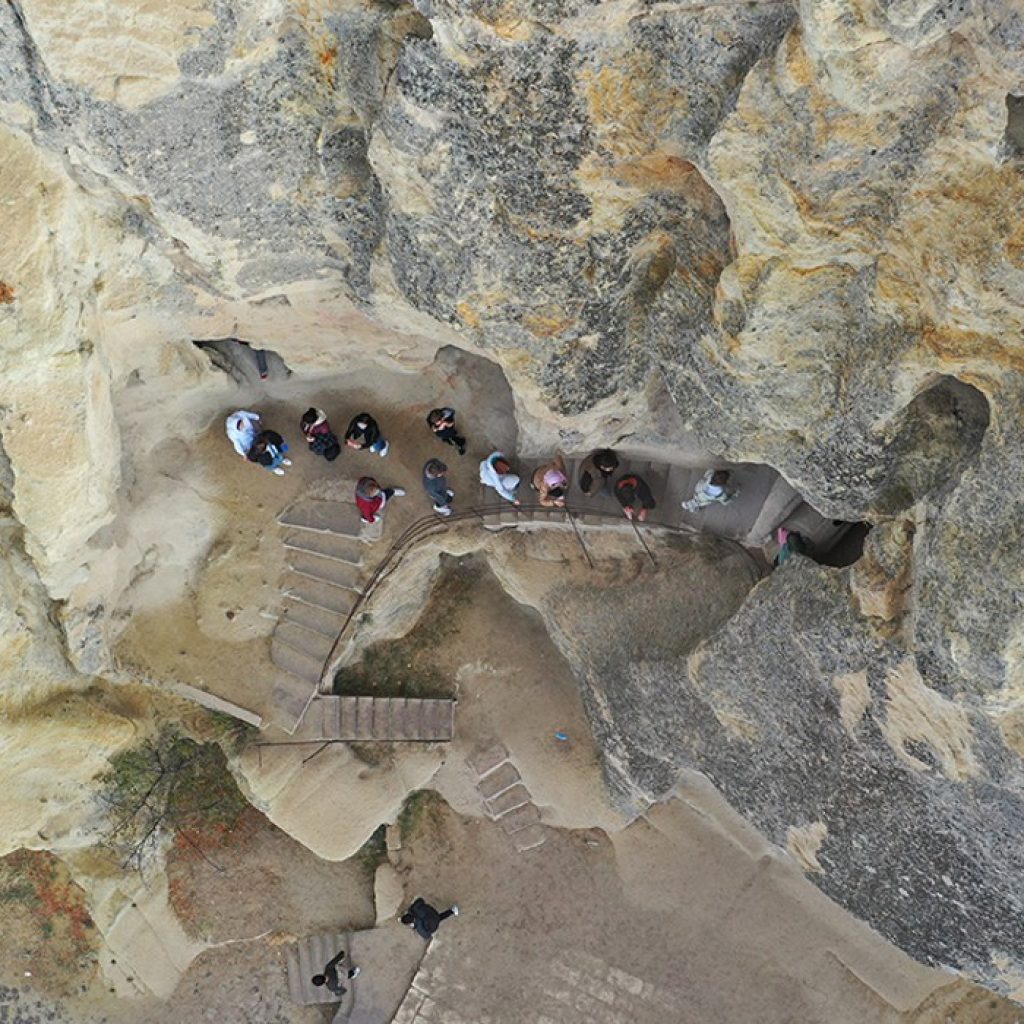
Nestled in the heart of Cappadocia, Turkey, the Göreme Open Air Museum is a UNESCO World Heritage Site that stands as one of the most breathtaking historical and religious landmarks in the world. With its extraordinary rock-cut churches, chapels, and monasteries carved into soft volcanic stone, Göreme is more than just a museum—it’s a portal into early Christian monastic life.
The Historical Significance of Göreme Open Air Museum
The origins of Göreme Open Air Museum date back to the 4th century, during a time when Christianity was still spreading across the Roman Empire. As the religion began to face persecution, early Christians sought refuge in the remote and naturally fortified valleys of Cappadocia. It was here that monastic communities began to flourish, giving rise to a unique architectural and spiritual tradition.
The museum complex was primarily developed between the 10th and 12th centuries, during the Byzantine era. It served as an important religious and educational center, where monks lived, worshipped, and taught the Christian faith. The churches and monasteries were not only places of solitude and devotion but also of artistic expression, as evidenced by the well-preserved frescoes that adorn their interiors.
Architectural Features of Göreme Open Air Museum
The Göreme Open Air Museum is renowned for its rock-hewn architecture, a signature style of Cappadocia’s landscape. The structures were carved directly into the tuff, a soft volcanic rock that made it possible to create entire living and worship spaces without traditional construction methods.
Key architectural and artistic features include:
- The Dark Church (Karanlık Kilise): Known for its vivid frescoes depicting scenes from the New Testament, preserved due to minimal exposure to sunlight.
- The Apple Church (Elmalı Kilise): Featuring beautiful cross-in-square plans and symbolic Christian iconography.
- The Buckle Church (Tokalı Kilise): The largest church in the complex, famous for its rich, colorful frescoes spanning biblical narratives.
- The Nunnery and Monastery: Multi-story rock formations with living quarters, kitchens, dining halls, and chapels that show how monks and nuns lived in secluded religious communities.
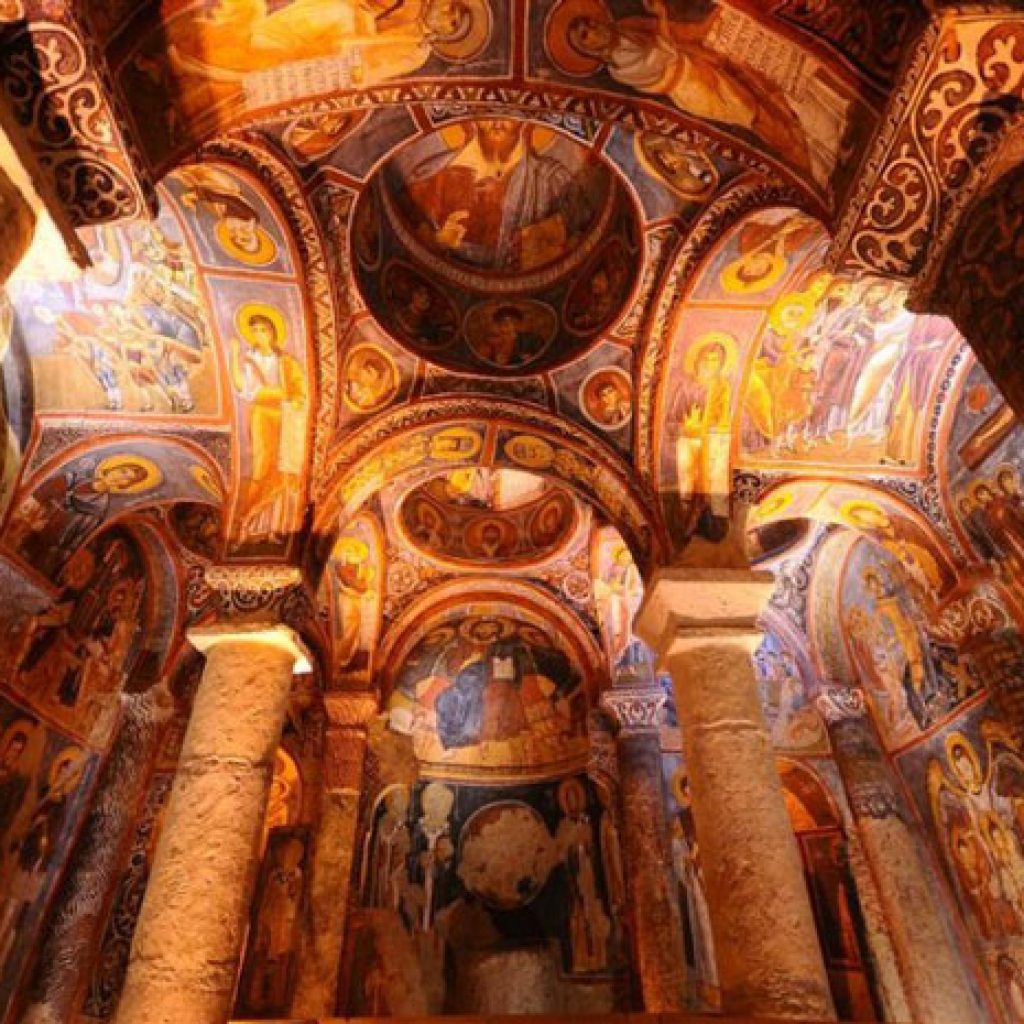
Why Was Göreme Open Air Museum Built?
The Göreme Open Air Museum was not constructed in the traditional sense—it was carved out of necessity and devotion. Monks and early Christian settlers used the unique geological formations to their advantage, creating safe havens for worship and teaching.
The primary reasons for its development include:
- Religious Protection: To escape Roman persecution and preserve their faith.
- Monastic Life: To establish secluded communities where spiritual practices could thrive.
- Education and Evangelism: To train clergy and spread Christian doctrine throughout the region.
Cultural and Religious Importance Today
Today, Göreme Open Air Museum continues to be a symbol of Turkey’s deep spiritual heritage and early Christian history. It attracts millions of visitors annually who are drawn to its mystical beauty and historical depth. Whether you’re a history buff, a spiritual traveler, or a lover of architecture, this open-air museum offers a profound and unforgettable experience.
In 1985, Göreme and the surrounding rock sites of Cappadocia were designated as a UNESCO World Heritage Site, ensuring their preservation for future generations. The site is considered one of the best examples of post-iconoclastic Byzantine art and monastic architecture in the world.
Plan Your Visit to Göreme Open Air Museum
- Location: Göreme, Nevşehir Province, Cappadocia, Turkey
- Opening Hours: Typically open daily from 8:00 AM to 5:00 PM
- Entry Fee: Varies by season; check official tourism sites for updated pricing
- Best Time to Visit: Spring (April to June) and Fall (September to October)
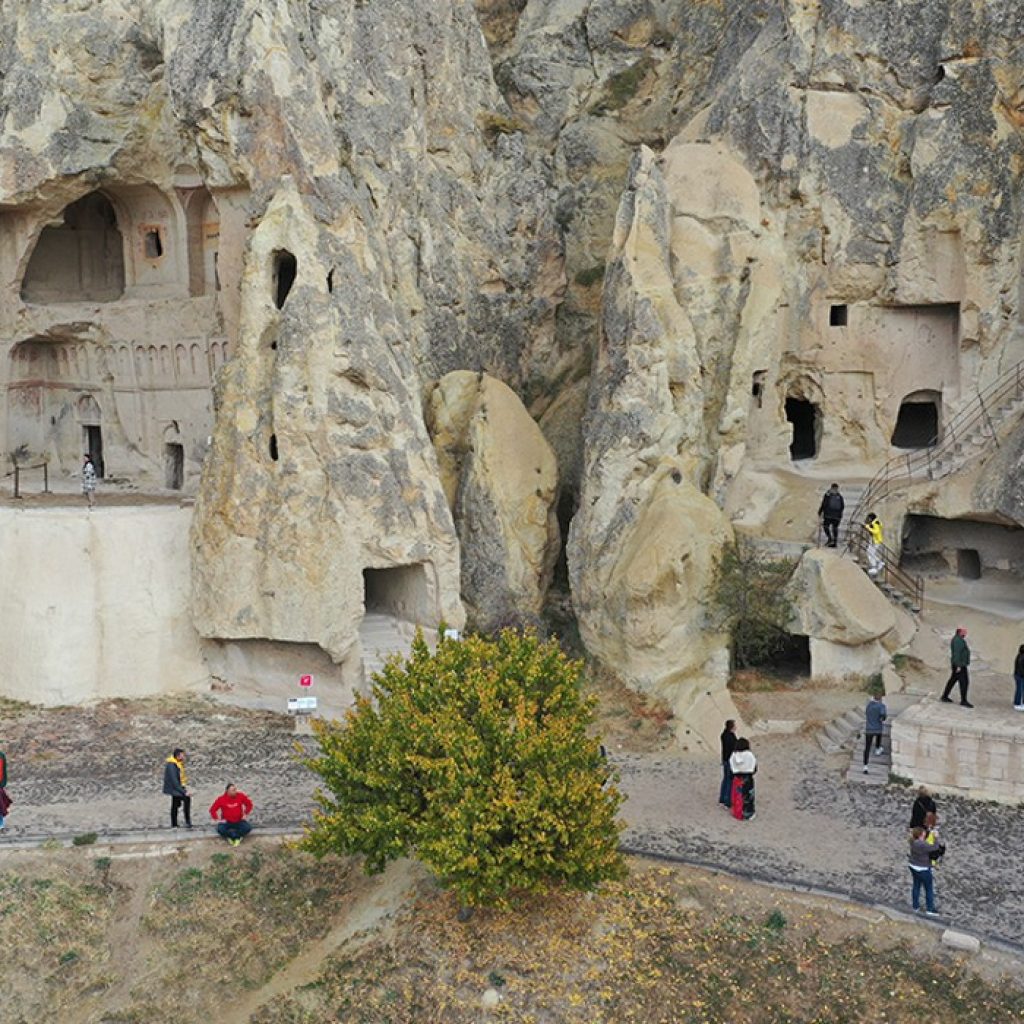
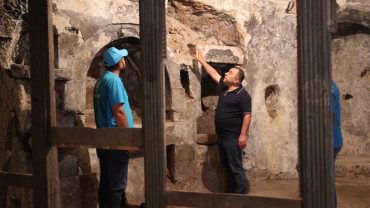
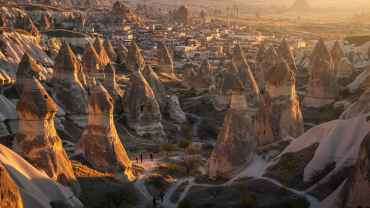

Comment (0)